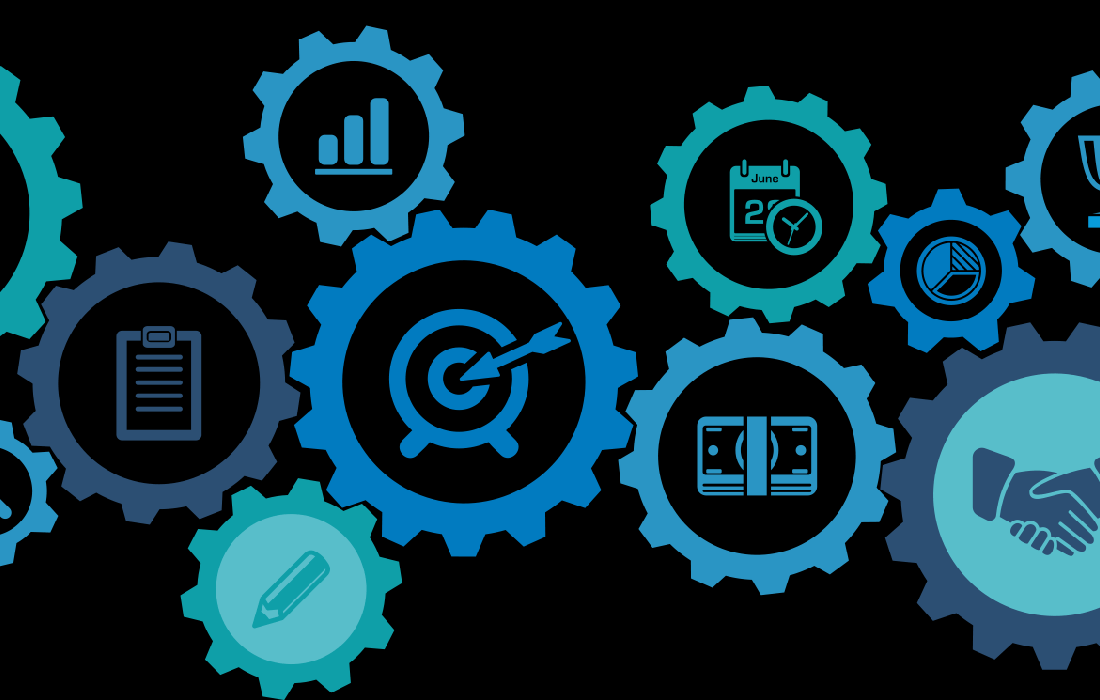Edge computing is an information technology for data processing. This article describes what edge computing actually is and how it differs from “the cloud.”
One of the major advantages of cloud computing is cost savings. A company does not have to keep its servers running itself and therefore does not have to pay for maintenance, storage and energy. With cloud computing, a company subscribes to a service, where it only pays for the computing power they need. The cloud provider is responsible for maintenance and keeping the servers running [1][2]. To make cloud computing as cheap as possible, cloud providers place the servers in large data centers to create economies of scale. Because a cloud provider has such large data centers, it can use energy and labor more efficiently than a company that maintains its own servers [3].
A potential disadvantage of cloud computing is that the servers are often geographically distant from the user. When a calculation needs to be made in the cloud, the data will need to be sent to the data center, processed there, and then sent back to the user. It does not take long to send the data back and forth, so this does not cause any problems in normal operations. However, there are situations where every millisecond counts. To reduce response time, some of the computing power is moved to the so-called edge of the network. This way the data stays close to the user. This concept is called edge computing [4].
With edge computing, an attempt is made to process data as close to the data source as possible. This data could be processed by an intelligent device with surplus computing power or a physically nearby server (mini data center). The devices that perform these calculations for edge computing are in a location closer than the cloud provider’s data center. This reduces the response time of a computation [1].
Elements of edge computing
Lopez et al. (2015)[1] indicate that edge computing consists of the following elements:
- Proximity is in the edge; it is more efficient to communicate between nearby devices than to communicate between devices that are far apart. Thus, this reduces response time.
- Intelligence is in the edge; as computing capacity continues to grow, devices in the edge also become more powerful. This makes it possible for the devices to make autonomous decisions.
- Trust is in the edge; as in the cloud, privacy is also a sensitive issue in edge computing. So this information will have to be handled carefully.
- Control is in the edge; the individual devices should manage the process themselves, so tasks should be assigned to other nearby devices when necessary.
- Humans are in the edge; humans should also have input into the process, in order to regain control of the information.
Edge computing in practice
Edge computing is a newly emerging trend and thus the extent to which it will continue is not yet known. Edge computing is expected to have an impact on the speed at which analytics can be performed [5].
Imagine that you have just used an ATM and without knowing it you have been skimmed. Then fifteen minutes later you are using your (copied) debit card to make cash withdrawals abroad. If it can be determined through data analysis that you cannot possibly be at that location within 15 minutes, the transaction might be prevented. In this situation, of course, every millisecond counts, otherwise the skimmer may already be gone with your money. In this way, other unregulated transactions could also be discovered faster or perhaps prevented [5].
Another example could be when handling hazardous materials remotely. If real-time analysis of what is happening can be done, an oil pipeline could be shut off in time and a disaster prevented, for example.
Summary
In short, edge computing is processing data in places physically closer than a data center. This is in order to get the data back and forth faster. It is not a replacement or competitor to cloud computing but rather a complement to it. Calculations where not every millisecond counts can be done via (cheaper) cloud computing.
[1] LevelCloud. (sd). Advantages and Disadvantages of Cloud Computing. Opgeroepen op April 24, 2017, van LevelCloud: http://www.levelcloud.net/why-levelcloud/cloud-education-center/advantages-and-disadvantages-of-cloud-computing
[2] Lopez, P. G., Datta, A., Barcellos, M., Montresor, A., Higashino, T., Felber, P., et al. (2015). Edge-centric Computing: Vision and Challenges. ACM SIGCOMM Computer Communication Review, 45 (5), 37-42.
[3] Adekunle, Y. A., Maitanmi, S. O., Malasowe, B. O., & Osundina, S. A. (2012). Economics of cloud computing. International Journal of Engineering and Innovative Technology (IJEIT), 1 (4).
[4] NTT SCL. (2016, Juni 13). Edge Computing Platform |Video|. Opgehaald van https://www.youtube.com/watch?v=RjMS15V_7nQ
[5] McGarry, P. (2015, Oktober 21). Why Edge Computing Is Here to Stay: Five Use Cases. Opgeroepen op Mei 9, 2017, van RTinsights: https://www.rtinsights.com/why-edge-computing-is-here-to-stay-five-use-cases/



